Programs by Region
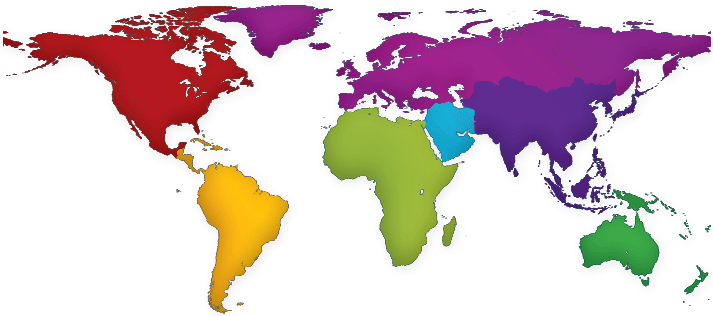
Study In...
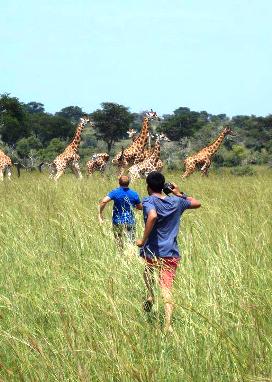
Programs in Africa
Africa is the second largest and second most populous continent. It's the cradle of human life and home to over 1 billion people (according to the United Nations Population Fund), with a UNESCO-estimated 2000 languages being spoken. Bisected by the equator and lying almost entirely in the tropics, Africa's landscape nonetheless offers such natural wonders as the Nile River, Mount Kilimanjaro, Lake Victoria and Victoria Falls. It is home to over 3,000 protected areas, including close to 200 protected marine areas, 80 wetlands, and 50 biosphere reserves.
Why not study in Africa?
| First "Column" | Second "Column" | Third "Column" |
|---|---|---|
Botswana |
Cameroon |
Ghana |
Kenya |
Madagascar |
Morocco |
Rwanda |
Senegal |
South Africa |
Tanzania |
Uganda |
Uganda & Rwanda |
Programs in Asia
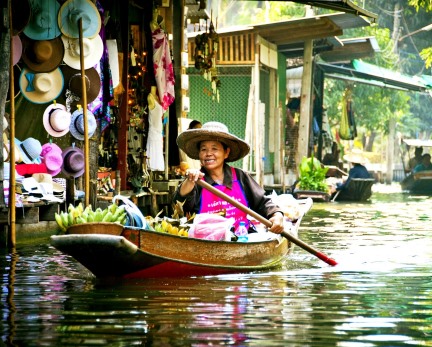
Accounting for 30% of the world's land mass and 60% of the world's population (according to the United Nations Population Fund), Asia can't be overlooked. Birthplace of Buddhism and Hinduism and home to the largest Muslim population in the world, Asia is a spiritual treasure trove, boasting a wealth of faith systems and religious practices.
One of the fastest growing economic regions in recent years, East Asia and the Pacific now account for close to 20% of total global growth, according to the World Bank. Asia's major cities -- such as Tokyo, Shanghai, Hong Kong, Beijing, Singapore -- offer a glimpse into the future, yet students can also explore the rich history of the region through study in the region's more rural areas.
Asia awaits you!
| First "Column" | Second "Column" | Third "Column" |
|---|---|---|
China |
Hong Kong |
India |
Indonesia |
Japan |
Mongolia |
Nepal |
Singapore |
South Korea |
Taiwan |
Thailand |
Vietnam |
Programs in Europe
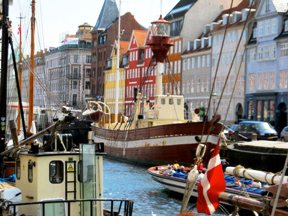
Europe ... the "old world." Home to both the largest (Russia) and smallest (Vatican City) counties in the world, Europe comprises close to 50 counties, including the 27 member countries of the EU. Though it has arguably dominated the world stage in so many ways, Europe accounts for only about 6.8% of the Earth's landmass, making it the second smallest continent (Australia is the smallest). And yet it has so much to offer! From Ancient Greece to the formation (and possible decline?) of the European Union, students can study a vast sweep of human history.
Europe is calling....
| First "Column" | Second "Column" | Third "Column" |
|---|---|---|
Austria |
Belgium |
Czech Republic |
Denmark |
England
|
The EU |
France |
Germany |
Greece |
Hungary |
Iceland
|
Ireland |
Italy |
The Netherlands |
Northern Ireland |
Poland |
Portugal |
Russia |
Scotland |
Serbia, Bosnia, & Kosovo |
Spain
|
Sweden |
Switzerland |
Wales |
Programs in Latin America
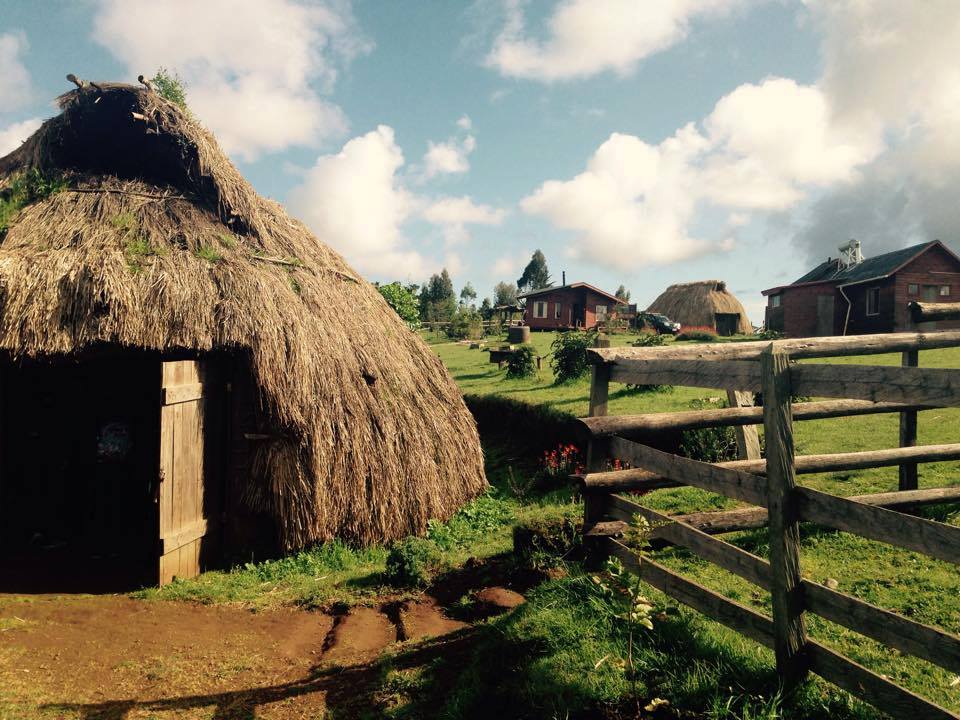
Generally considered to be the regions south of the United States, Latin America accounts for close to 15% of the Earth's landmass. With over 20 countries in continental America -- and almost as many in the Caribbean -- its a region of incredible diversity.While we tend to think of the counties in Latin America as Spanish-speaking, that isn't the only language. Portuguese is spoken in Brazil, the largest and most populous Latin American country, and French is spoken in parts of a Caribbean. And then there are the indigenous languages - Quechue, Nahautl, Aymara, and Guaraní, to name but a few.
Geographically, the region is home to world's largest river by volume (the Amazon River), the highest waterfall (Angel Falls in Venezuela), the longest mountain range (the Andes), the largest rainforest (the Amazon Rainforest) and the driest place on earth (the Atacama Desert).
Who says you have to cross the ocean to study abroad?
| First "Column" | Second "Column" | Third "Column" |
|---|---|---|
Argentina |
Bolivia |
Bonaire (S. Caribbean) |
Brazil |
Chile |
Costa Rica |
Cuba |
Dominican Republic |
Ecuador |
Mexico |
Nicaragua |
Panama |
Peru |
Programs in the Middle East and North Africa
So, what or where exactly is the Middle East?
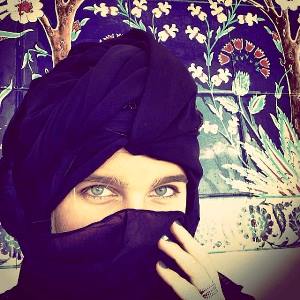
That's a difficult question, and one that will lead to different answers. According to some, the Middle East (or Mideast) is a part of Asia, sitting where that continent bumps up again Europe. To others, its a larger region that stretches from Turkey to northern Africa (above the Sahara) and eastward to Iran. For some, it's a geographic grouping, for others a political one, and for still others a cultural one.
But why "middle"? Well, the Middle East is a Eurocentric concept created by the British foreign service in the latter part of the 19th century to describe the area west of the "Far East" (China, Japan...) but east of Western Europe.
Such a new term for a region full of such old cultures! Some of the world's earliest known civilizations -- the Sumerians, Babylonians, Assyrians -- arose here, and it's the cradle of the three Abrahamic religions: Judaism, Christianity, and Islam.
Explore the Middle East.
| First "Column" | Second "Column" | Third "Column" |
|---|---|---|
Israel |
Jordan |
Morocco |
United Arab Emirates |
Tunisia |
|
Programs in Oceania
Oceania -- the name rolls off the tongue. But what is it?
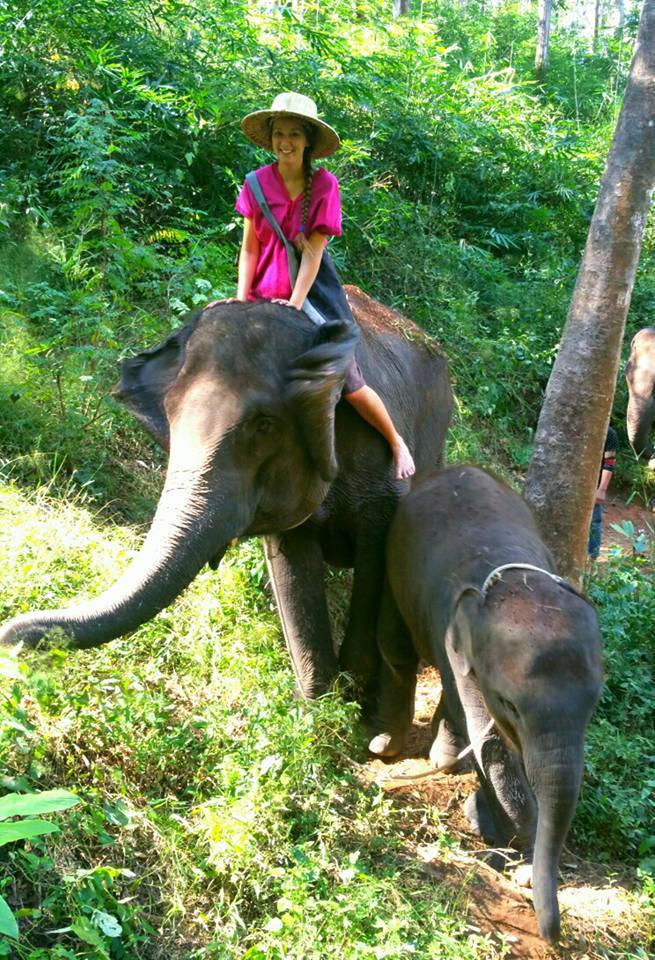
Oceania is composed of the lands of the Pacific Ocean, including Australia and New Zealand, the Polynesian islands, Micronesia, and the Malay Archipelago. While the region spans close to 3.5 million square miles, the main locations for studying abroad are in Australia and New Zealand.
Australia is the world's largest island and at the same time the smallest continent -- and the only continent that is governed as a single country. Inhabited for thousands of years by indigenous Aboriginal groups before the arrival of Europeans in the 1700s, modern Australia celebrates the cultures, histories, and determination of all the groups who have come to call it home.
Aotearoa, the Maori name for New Zealand, lies to the east of Australia, across the Tasman Sea, and comprises two islands -- the cleverly named North and South Islands. With thousands of miles of coastline, fjords, volcanoes, alps, and forests, NZ's geography is stunning. And it's home to some of the world's most divers and distinctive species of plants and animals.
So, kia ora (Maori for "welcome") to Oceania!
| First "Column" | Second "Column" | Third "Column" |
|---|---|---|
Australia |
New Zealand |
Samoa |